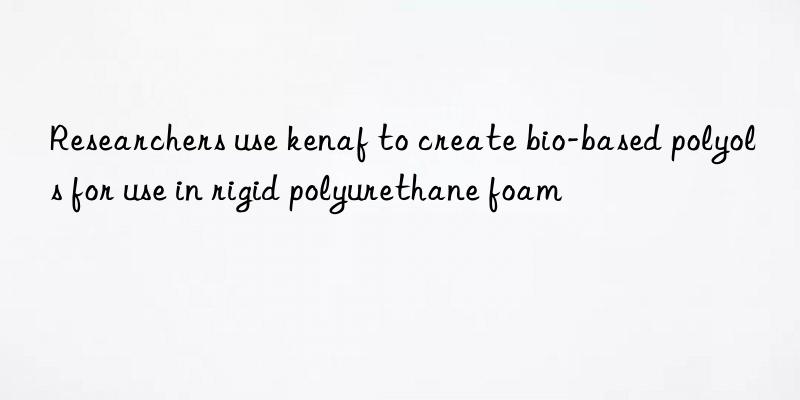
A team at Universiti Kebangsaan Malaysia’s Bioresources and Biorefinery Laboratory is exploring another potential source of bio-based polyols. They have been studying polyols extracted from kenaf and how they perform when making polyurethane foam.
Kenaf was liquefied using PEG400/Gly as solvent. This was then used to make rigid polyurethane foams with a range of different isocyanate indices and the effect of these indices on the foaming process and foam was studied.
As the isocyanate index increases, the reaction rate of the foaming process also increases, and the cross-linking density, compressive strength and thermal stability of the foam also increase. When the isocyanate index is 120, the maximum average cell diameter is 434μm, and it also has the lowest apparent density (68kg/m3), the best compressive strength (170kPa) and thermal stability.
They concluded that this kenaf-based rigid polyurethane foam had comparable properties to foams made using petrochemical-based polyols.



 微信扫一扫打赏
微信扫一扫打赏
